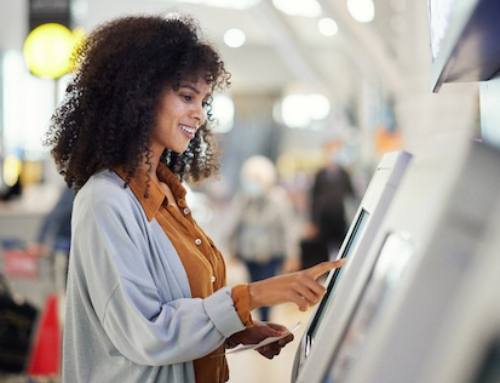According to Laurel Brunner, writing for the Verdigris Project, the printing of textiles is just one very small part of the process of getting clothes, furnishings and the like onto our backs and into our homes.
It is encouraging that like many others, textile producers are starting to look at ways to improve their carbon footprints. One would expect that the associated printing processes, including digital printing, would be considered as part of any evaluation.
Improving the environmental accountability of textile production is a massive topic, but it is something we should be thinking about, especially as digital printing system developers are pushing on demand textile production pretty hard these days.
Different organisations take different approaches, including going for certification to a given labelling scheme. Some prefer to work to the European Union’s Product Environmental Footprint (PEF) guidance and to apply it throughout their supply chains. The PEF protocol is a useful tool that applies to any type of product and includes 16 parameters in order to evaluate the whole life cycle of a product and its environmental impact.
The measurement criteria can be applied anywhere in the world, and for organisations with complicated supply chains provides a common language for evaluations and comparisons. Certification to a common carbon footprinting model also provides valuable transparency for consumers, companies in the supply chain and the organisation’s shareholders and employees.
The PEF approach is based on complete Life Cycle Analysis (LCA) of goods and services and the idea is to provide a common framework for all types of businesses, including textiles. However, because it is LCA-based it is also quite onerous and therefore expensive to do. Within the textile industry for instance, only Eurojersey, an Italian company that makes sportswear, swimwear and underwear has the certification. This company has a fully integrated production set up, running from knitting and dyeing though to printing.
As in other sectors of print, companies with an active and high profile commitment to sustainability are driving change in textile production and manufacture. Their actions and visibility influence suppliers because every stage of production will be monitored to identify areas where improvements can be made. This generally means reductions in water, energy and chemicals usages, as well as cuts to waste. Even though standards such as PEF are challenging and expensive to implement, they can help improve the environmental impact of products, and yield cuts to the carbon footprint of component processes, including the printing process. Their knock-on effect is invaluable.
This article was produced by the Verdigris Project, an industry initiative intended to raise awareness of print’s positive environmental impact. Verdigris is supported by: Agfa Graphics (www.Agfa.com), Digital Dots (www.digitaldots.org), EFI (www.efi.com), FESPA (www.fespa.com), Fujifilm (www.fujifilm.com/sustainability/), HP (www.hp.com), Kodak (www.Kodak.com/go/sustainability), Practical Publishing (www.practicalpublishing.co.za), Ricoh (www.ricoh.com), Unity Publishing (http://unity-publishing.co.uk) and Xeikon (www.xeikon.com).
To submit your news please, contact journo@practicalpublishing.co.za
Read the top 5 stories weekly on WhatsApp or sign up to our newsletter.
THE VERDIGRIS PROJECT
http://verdigrisproject.com/







